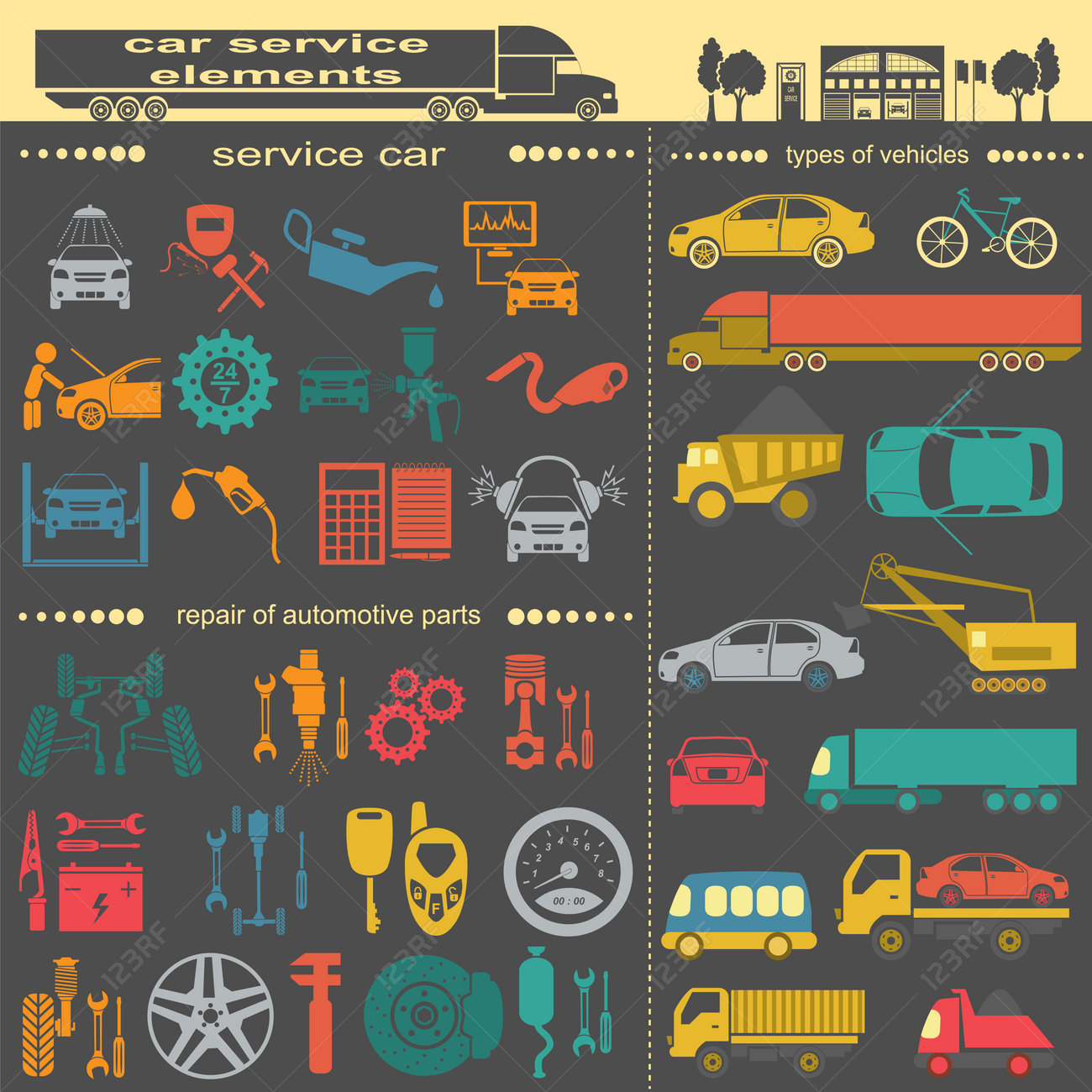Understanding Your Automobile'S Warning Lighting: What Do They Truly Mean?
Understanding Your Automobile'S Warning Lighting: What Do They Truly Mean?
Blog Article
Material Writer-Lim Torres
When you're behind the wheel, those beautiful caution lights on your control panel can be a bit puzzling. Do you recognize what they're attempting to tell you concerning your car's health? Understanding the importance of these lights is crucial for your security and the longevity of your automobile. So, car cleaning near me of those lights appears, wouldn't you intend to analyze its message properly and take the essential steps to address it?
Common Caution Lighting and Interpretations
Identify usual warning lights in your car and comprehend their definitions to guarantee risk-free driving.
One of the most typical warning lights consist of the check engine light, which signals concerns with the engine or emissions system. If this light comes on, it's important to have your vehicle checked quickly.
The oil stress cautioning light suggests reduced oil stress, requiring instant interest to avoid engine damage.
A flashing battery light could suggest a defective billing system, potentially leaving you stranded otherwise attended to.
The tire stress monitoring system (TPMS) light notifies you to reduced tire pressure, affecting automobile security and gas effectiveness. Overlooking this can result in hazardous driving problems.
The abdominal muscle light suggests a trouble with the anti-lock braking system, endangering your capacity to stop rapidly in emergencies.
Finally, the coolant temperature level alerting light warns of engine overheating, which can result in serious damage otherwise dealt with promptly.
Recognizing these typical caution lights will assist you resolve concerns quickly and preserve safe driving conditions.
Importance of Prompt Interest
Understanding the typical caution lights in your automobile is only the initial step; the value of immediately resolving these cautions can't be stressed enough to ensure your security when driving.
When a warning light illuminates on your control panel, it's your cars and truck's means of communicating a possible issue that needs interest. Disregarding these warnings can lead to more serious problems in the future, compromising your security and possibly costing you more out of commission.
Prompt attention to cautioning lights can prevent malfunctions and mishaps. For instance, a flashing check engine light could show a misfire that, if left neglected, could create damage to the catalytic converter. Addressing https://www.stltoday.com/news/local/crime-and-courts/auto-shop-employees-report-seeing-fireball-shoot-up-from-basement-as-roof-collapses/article_058fed9c-f9ce-5ada-bc69-4342d6f4b5b4.html can save you from a costly repair.
In a similar way, a brake system warning light could indicate low brake liquid or used brake pads, important elements for your safety when driving.
Do It Yourself Troubleshooting Tips
If you observe a caution light on your control panel, there are a few do it yourself repairing ideas you can attempt prior to seeking professional assistance.
The primary step is to consult your car's guidebook to understand what the specific warning light shows. Often the issue can be as basic as a loose gas cap setting off the check engine light. Tightening up the gas cap might fix the trouble.
An additional usual problem is a reduced battery, which can activate various advising lights. Examining the battery connections for corrosion and guaranteeing they're safe and secure could deal with the issue.
If a warning light persists, you can try resetting it by disconnecting the car's battery for a couple of mins and afterwards reconnecting it. In addition, examining your automobile's liquid degrees, such as oil, coolant, and brake fluid, can help repair warning lights related to these systems.
Final thought
To conclude, understanding your car's warning lights is essential for keeping your automobile running smoothly and safely. By immediately attending to these informs and knowing what they mean, you can prevent costly repair work and potential break downs.
Bear in mind to consult your vehicle's manual for particular information on each alerting light and act appropriately to make sure a hassle-free driving experience.
Stay informed, stay safe when traveling!
